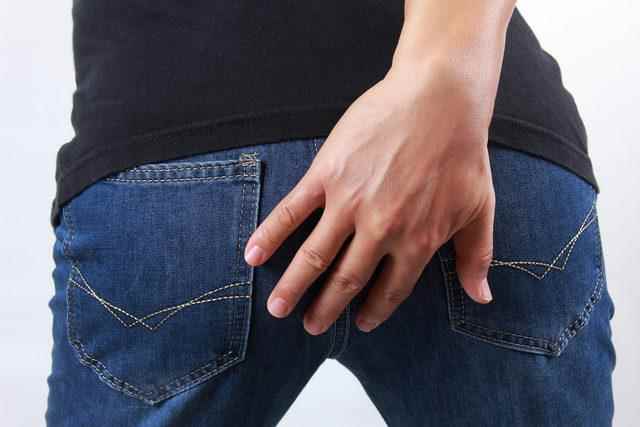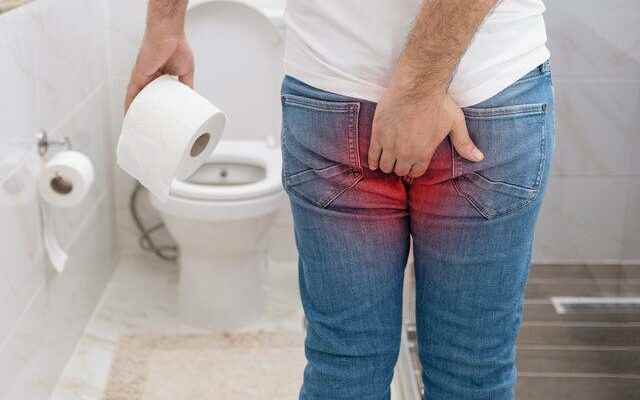Emphasizing that diseases of the perianal region, although negatively affecting the quality of life, are diseases that patients hesitate to consult a physician for various reasons, General Surgery Specialist Assoc. Dr. Hüseyin Kazim Bektaşoğlu said, “Doing not get medical support on time, and applying similar treatments for all kinds of rectal disease, usually resulting in delayed treatment of the disease, progression of the stage, and failure to detect possible more serious diseases such as cancer early.”
“EVERY DISEASE HAS ITS TREATMENT”
Referring to the diseases of the perianal region, Bektaşoğlu said, “Incorrect treatment or late diagnosis reduces treatment options, increases the possible side effects of the disease and treatment, and in some cases reduces the effectiveness of treatment. So, what are the diseases of the perianal region? Except for hemorrhoids; anal fissure (crack), anal abscess, anal fistula, pilonidal sinus (ring ingrown hair), breech prolapse, condyloma (wart), fungal infections and cancers can be classified as perianal region diseases. The treatment of each disease is unique to itself. At this stage, factors such as the stage of the disease, the patient’s expectation, the status of returning to work, and the recovery period after the procedure are effective in the choice of treatment. Not all treatment methods used in a disease may be suitable for the patient. The treatment method to be chosen is determined by interviewing the patient after the physician examination.

IT IS NOW POSSIBLE TO BE TREATED WITH DAILY PROCESSES
Stating that the treatment of rectal diseases used to worry most patients, Assoc. Dr. Bektaşoğlu stated that, with the developing technology and surgical techniques today, the treatment of many perianal diseases (such as laser, Doppler, phenol application) is carried out with outpatient procedures without the need for hospitalization. Bektaşoğlu also added that in more serious cases such as cancer, treatments can be arranged with closed operation methods and high breech protection rates.

WHICH METHOD IS APPLIED IN WHICH DISEASE?
Hemorrhoids: According to the stage of the disease and the patient’s condition, medical treatment, laser therapy, vessel ligation with Doppler, stapled hemorrhoidopexy and classical surgical methods can be selected for hemorrhoid treatment.
Anal fissure (crack) treatment: While medical treatment or botox is preferred for early-stage cracks, surgical treatment is preferred for extremely painful or late-stage cracks. While partial muscle relaxation operation called internal sphincterotomy is preferred in surgical treatment, advancement flaps (tissue shifting) are preferred in patients who do not heal or have low rectal muscle pressure.

Anal abscess treatment: The treatment of abscess is drainage; surgical evacuation is performed.
Anal fistula treatment: In cases of non-healing abscesses or inflammatory discharge, duct development is mostly detected under the breech skin. If this canal is superficial, it is treated with fistulotomy (scraping method) and if it is deep, it is treated with the seton (wick attachment) method. Today, laser technology offers satisfactory results in suitable patients in this field as well. Different surgical options such as ligation of the subcutaneous canal (LIFT) may also be preferred in suitable patients.
Pilonidal sinus treatment: Hygiene and care are sufficient in limited disease that does not cause any problems. In advanced or symptomatic cases, daily microsinusectomy, laser, phenol applications; It can be treated with open and closed methods, starting with surgical removal of the patient area. Here, the appropriate treatment method is determined together with the patient after the examination.
Treatment of breech prolapse: In our patients who do not benefit from various exercises and nutritional recommendations, sagging is treated with surgical methods made from the anus or inside the abdomen. Postpartum sagging should be considered when treating other rectal diseases in women, especially since looseness around the breech after delivery causes defecation difficulties in women.
Condyloma (wart) treatment: Warts that do not extend to the breech canal can be treated with medical methods and cold burning methods, while warts that extend into the breech canal are treated surgically. As a surgical method, burning with an instrument called electrocautery is most often applied. (DHA)
